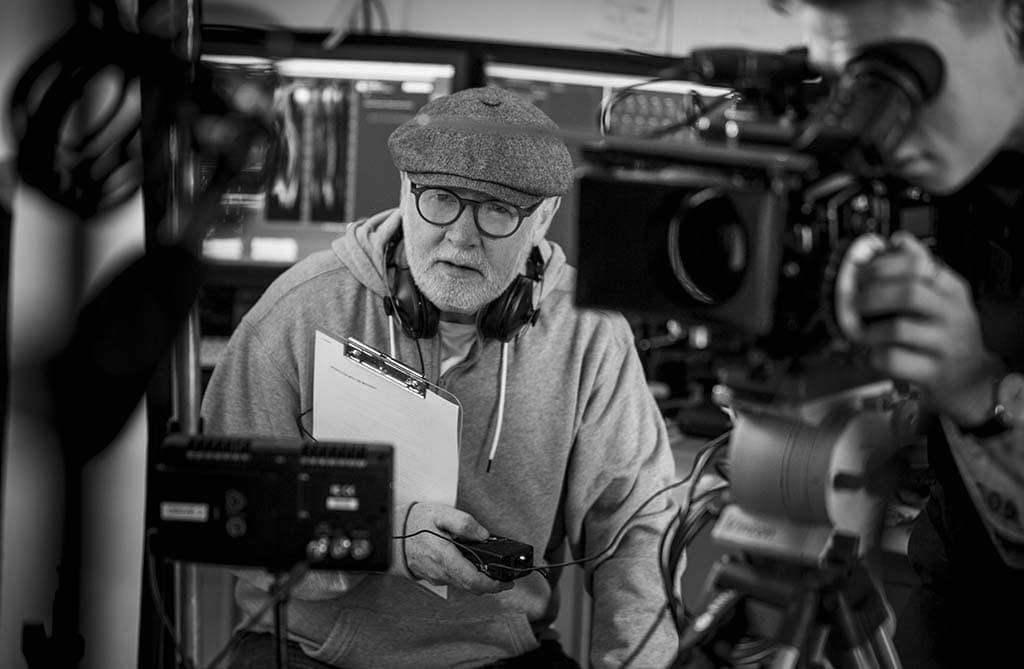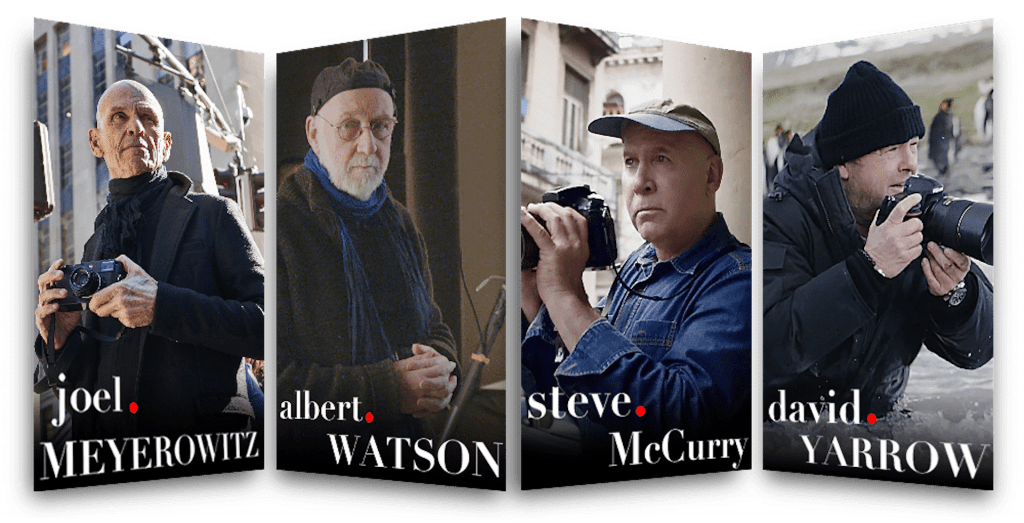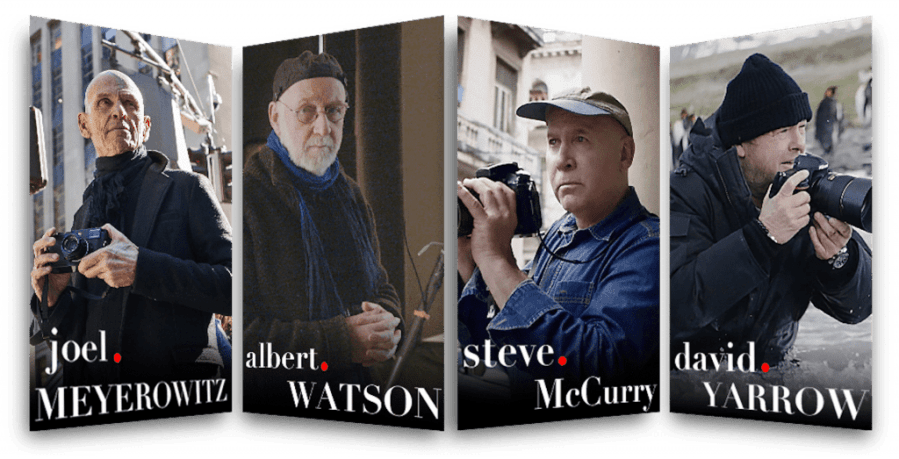Masters of Photography (nothing to do with the TV series) is offering online training courses with some of the biggest names in photography, including Joel Meyerowitz, Steve McCurry and David Yarrow. We caught up with the founder, Chris Ryan, to find out more – and we have an exclusive discount for AP readers.

Chris Ryan
What is your background, and how and why did you come up with the idea for Masters of Photography?
I’ve been a photographer since I was 12 years old, I’ve never done anything else! After 40 years as a professional photographer and filmmaker, technically I know as much as I’ll ever need about photography, but technical ability alone isn’t what makes a great photograph. I wanted to understand more deeply how those images you see from masters were created.
Those images that make you go “Wow…how did they get that shot?” Iconic photography is not about what camera you use, for these masters it’s about their ethos and what attracts their creative eye. It’s these fundamental elements that guide their photography, informs their decisions and provides deeper understanding of how to create incredible visual storytelling using photography.
So I looked around for online classes with these iconic photographers and I couldn’t find what I was looking for – an in depth, side by side online learning experience with one of the great masters of photography. And so that’s how Masters of Photography got started… and our Masters immediately recognised the opportunity to pass on their knowledge to a global audience as well using this format.
How do you go about choosing tutors – not everyone who is a master photographer can necessarily teach or guide students, we imagine?
How true… So firstly, our tutors have to be world renowned, true masters. They have a large and varied body of work that we can draw multiple lessons and learnings from.
The next tick box is: are they didactic enough to want to openly impart to students all their photographic ethos, tricks and tips? My job as director of these masterclasses is to ensure and guide the masters to give answers that offer real insight, ethos and learning into their working practices. I ask, and want to hear their answers to, questions from my own photographic perspective.
These are not documentaries… each masterclass is approximately 40 to 50 episodes created in a logical arc of in depth learning covering all aspects of their photography.

Was it hard persuading students to pay when there are so many free YouTube videos?
No, I think our users understand the uniqueness of these classes and the learning that we provide from each master. Comparing random free lessons to a whole series of crafted lessons by our masters isn’t something that keeps me awake at night. Finding your own identity as a photographer is what we seek to achieve.
We all need to understand what it is we want to say in our work. If we don’t understand exactly what our photography is saying…it’s pretty unlikely anyone else will understand it. All of our masters understand this completely and can offer their help to unlock your inner creativity and help to improve your own work. I don’t think any of them would recommend random YouTube clips to achieve this.
How much time do students actually get with the tutors, we are guessing they don’t get a one-to-one with somebody like Joel Meyerowitz or Steve McCurry?
These are filmed sets of lessons, not “live” classes. Each masterclass is between four and eight hours long, divided into bite-sized lessons.
The cost of an in-person workshop with one of our masters would likely run into the tens of thousands of dollars. Our classes provide that side-by-side experience at a fraction of the cost.
Once you enroll in a class, you have lifetime access to return to the lessons over and over again. You can also upload your work for fellow students to review… and Joel pops in and adds comments on occasion too.

Steve McCurry, one of the biggest names to be involved in Masters of Photography
Has it been easier to find students – and tutors – as people have time on their hands owing to the lockdowns?
Absolutely. We have definitely seen an uptick in student enrollment over the course of the pandemic. One of the few upsides from such a disastrous couple of years is that more people have been able to spend time learning new skills and connecting with their interests and passions.
We also tried to do ‘our bit’ for the photographic community by creating some free content. We produced a series of ‘Freestream‘ interviews with the masters, and some other really exciting photographers, during the height of the pandemic (click the link to see the interview with Scarlet Page – Ed.)
How do you plan to expand the courses and range of tutors?
We already have more photographers lined up for future classes. Next up, we will be bringing classes from some of the world’s greatest masters teaching us how to create photography that captures stories about conservation and the environment. However, traveling the world with a film crew to bring more amazing masterclasses to life isn’t easy at all right now.
What have been the most popular genres/courses?
I think street photography and environmental portraiture are both very popular genres. Our classes so far cover most of the other big genres too: landscape, still life, wildlife and editorial storytelling. We are constantly asking our users what or who they would like classes on. It’s extraordinary what a vast range of answers we get!
Photography as a medium is so diverse and powerful now, it’s become the world’s visual language, it’s how we describe our life and adventures to the world through social media and all the other physical or virtual applications. Whatever your favourite genre is, and wherever your images end up, telling your story or message in an image is an art form that has exploded in popularity. I, for one, really wanted to know how to do that better.
Get your AP discount code
Click here and use the code APMAG10 to get a 10% discount on courses








